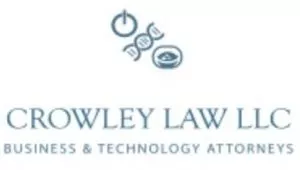Recently Phil Crowley was asked by Marianne Kolbasuk McGee, the Executive Editor of the Information Security Media Group (ISMG) to weigh in on data security measures that should be implemented by healthcare entities, research labs and other related facilities to help prevent and detect IP theft. Marianne was writing an article on the sentencing by the U.S. Department of Justice of Li Chen, a researcher at Nationwide Children's Hospital's Research Institute in Ohio, for the theft of intellectual property and trade secrets that were transferred to China. In her guilty plea, she admitted to stealing scientific trade secrets related to exosomes and exosome isolation to establish a company in China, for her own personal financial gain. She also received payments from the Chinese government for transferring the trade secrets to China.
Here is a link to the article, with Phil's commentary, that details Chen and her co-conspirator husband's theft of at least five trade secrets.
Although discovering theft of information by insiders is difficult, there are preventative measures companies can take to protect themselves, deter bad actors and alert management of potential breaches. Systems can be programmed to alert management to unusual or large downloads of data and using artificial intelligence tools to create such programs can make them more powerful.
If you would like to learn more about how to protect your company's trade secrets, below are links to our past newsletters on the topic:
"Protecting Your Company's Trade Secrets"
"4 Reasons Why It's So Important to Protect Your Intellectual Property"
Protecting and profiting from your intellectual property is a priority, regardless of how fast you need to get to market. We're here help you plan for success so you can be secure as you scale your business.
Crowley Law LLC offers assistance with:
- Proactive guidance on IP rights, risks and opportunities
- Identifying and categorizing IP assets
- Policies and procedures to protect IP assets
- Identifying pathways to create protectable IP
- Identifying potentially patentable IP
- Recommending appropriate patent counsel and negotiating scope and cost of representation
- Nondisclosure agreements Shareholder member, and partnership disputes
- Disputes concerning restrictive covenants including non-competition, non-solicitation, confidentiality and trade secret provisions
The content of this article is intended to provide a general guide to the subject matter. Specialist advice should be sought about your specific circumstances.


